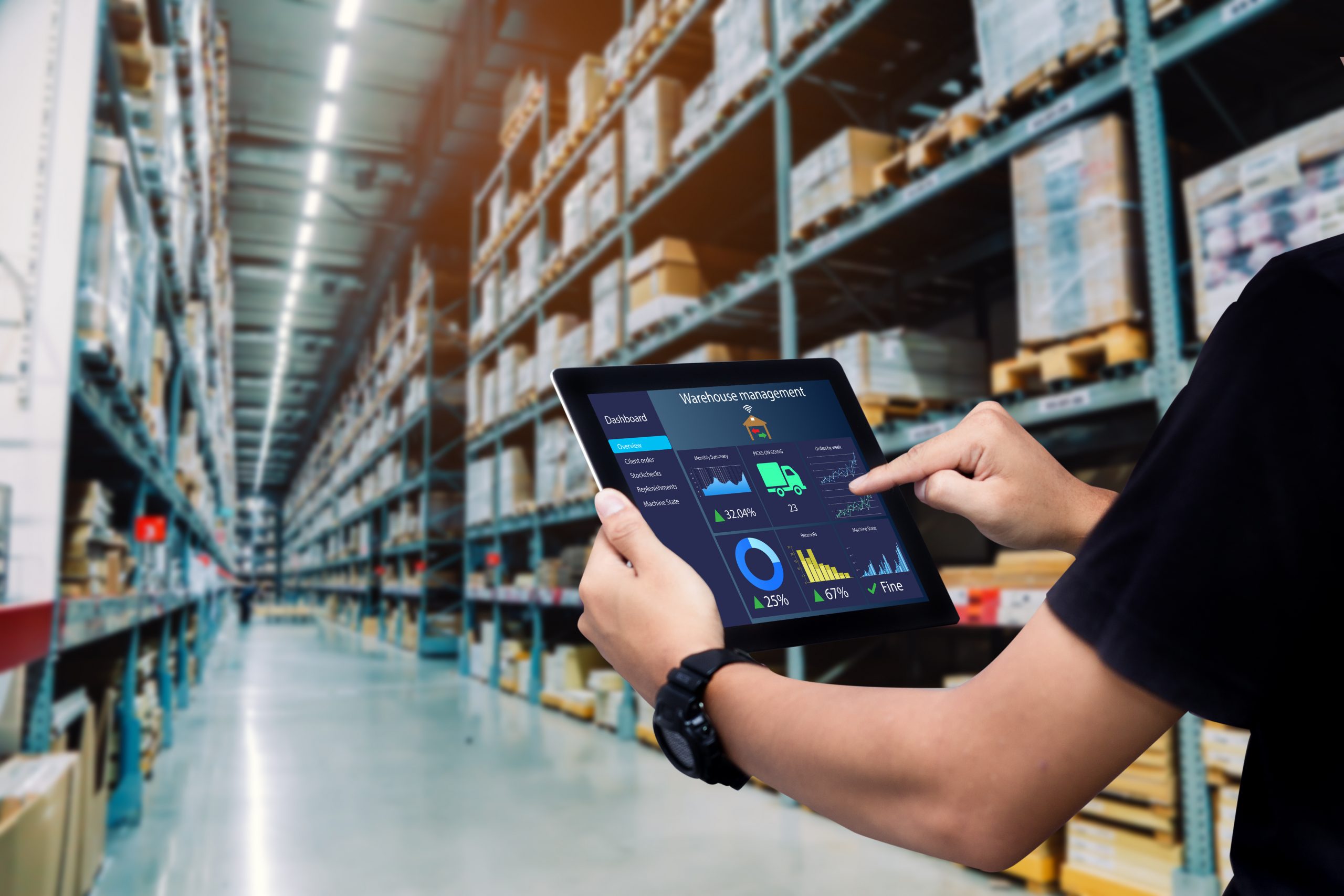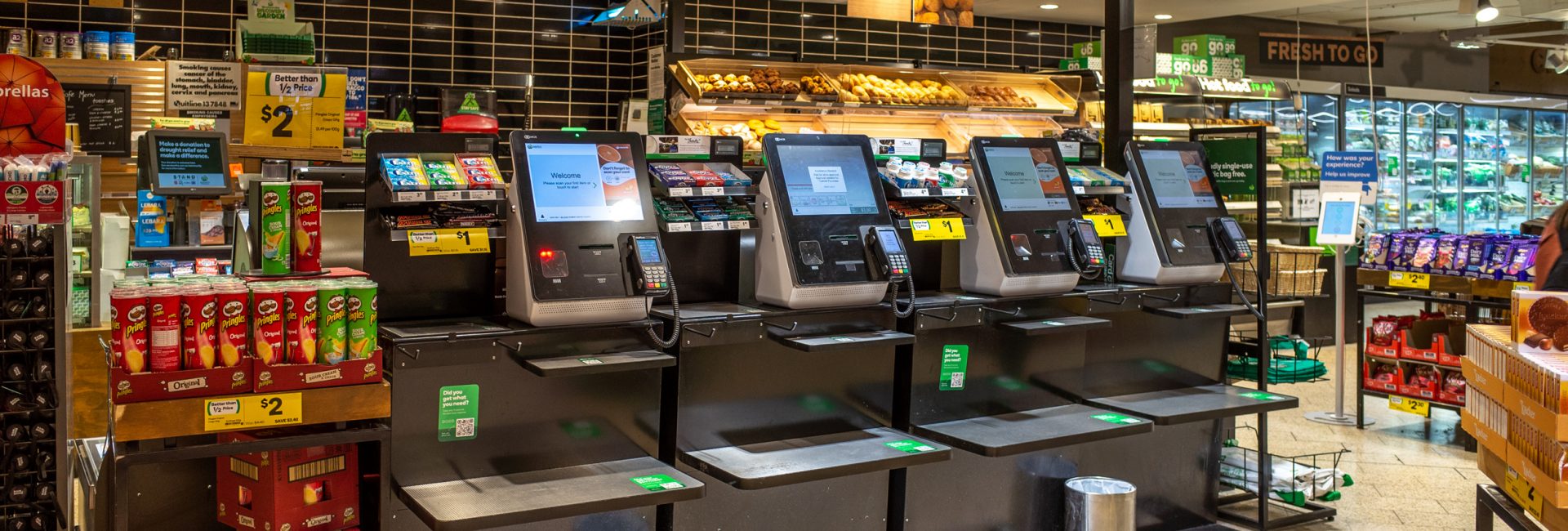Learn why AR, Big Data, AI, Machine Learning and IoT are driving the future of Retail industry
Retail industry overview
In recent years, retail sales have grown steadily annually with 2019 growth was estimated at $25.038 trillion(1), a slight increase of 4.5% compared to the previous year. The strong development of technology and e-commerce has expanded the global retail market, the rate of e-commerce has increased to 18.1%, developing in tandem with the traditional retail market, which still accounts for 81.9% globally.(2)
Along with the development of technology, today’s consumer shopping habits have also changed. Customers have the habit of reviewing and selecting goods online before ordering or coming to buy at the store. Besides, there are many products from retailers around the globe for them to choose from. These factors require retailers to always optimize their resources and put customers as core to sustain and thrive. Applying new technologies such as AR, Big Data, AI, IoT … businesses can provide customer service with stand-out experiences and remarkable values, optimize management strategies and supply chains, thereby, increasing operating sales:
Technology application trends in retail
Augmented reality (AR) technology helps limit return rates and improve sales
AR technology provides a way for customers to experience a product without direct contact with the product. For example, by installing applications on the phone, customers can choose shoes, jewelry, clothing models and simulate images of products put on them. They can also view detailed furniture in 360-degree or even put virtual 3D models of furniture in their home space … to decide whether it is the right product they are looking for. As a result, consumers can make purchasing decisions easier with lower return rates.
AR technology has been widely used by many retailers around the world such as Gucci shoes, Meerson watches, IKEA appliances, or Pottery Barn furniture … which have brought positive results in operation.
Big Data helps attract and retain customers
Big Data in retail is a term for a very large and complex data set that consumers create during the shopping process on technology devices. Big Data analysis requires the use of complex technologies such as machine learning, natural language processing … to get results. Using analytical results helps businesses acknowledge demographic information, consumer habits, and behaviors as well as predict future needs and spending ability. Retailers use this information to make product recommendations with the right features and suitable prices, as well as after-sales care policies specific to each customer.
Many retail businesses operating in multi-fields such as Amazon, eBay … have applied Big Data to suggest products that customers are most interested in, set prices and promotions for these products. The companies also apply Big Data analysis results to marketing products, send birthday wishes to customers via email and text messages, which results in improving sales conversion rates.
Artificial intelligence (AI) helps businesses improve customer experience
AI enables computers to learn and think in human ways. Along with the ability to find and process information quickly, AI helps retailers serve customers better, increase sales conversions at a lower cost than using human resources.
On sales platforms, chatbots and virtual assistants use AI technology to understand questions and answer simple customer requests at any time. Along with the results of big data analysis, AI offers predictive analytics to suggest to customers the products that best suit consumers’ desires to increase retail sales.
In addition, according to an analysis of shopping activities of more than 150 million shoppers and 250 million visits to e-commerce websites(3), personalized suggestions when searching bring in a higher conversion rate. Specifically, the number of shoppers searching and clicking on the suggested results, even though it only accounts for 7% of the number of visits, contribute up to 26% of business revenue. In addition, 37% of shoppers who click on the suggestion on the first visit came back later, which shows the potential of using AI in search personalization to increase sales conversions.

Machine Learning helps create smart pricing plans
Currently, the need to optimize profitability based on a retailer’s smart pricing plan has been more easily met with the help of Machine Learning. By learning based on sample models obtained from historical data, Machine Learning can predict customers’ reaction to each price, each sales policy of the product as well as an appropriate time to adjust prices. As a result, retailers can flexibly change prices to achieve the best profit.
Machine Learning is most used in online retail due to its ability to easily adjust prices and a huge amount of historical data. Hotel booking sites such as Booking or Agoda always change their prices by dates, seasons, or according to the promotions they set, thereby better retaining customers and getting the optimal profit.
Internet of Things (IoT) connects devices, helps manage goods and supply chains
IoT systems used in retail are based on information transmitted from the sensor network mounted on warehouses, racks, transport vehicles, and goods. Information from the sensors is connected to a cloud platform so that retailers can monitor each item individually during the entire delivery process, delivery conditions, inspection of suppliers, vehicles, and different delivery routes. At the same time, they can control the status of goods from location, quantity, theft, etc. from which they plan on appropriate adjustment options that are most beneficial to the business.

The future of retail
Technology development gives retail businesses the opportunity to transform robustly by optimizing operations and expanding customers globally. To take advantage of the opportunities to survive and thrive, retailers need to prioritize technology as a top strategy and understand problems that exist in their businesses, and then, choose innovative solutions that are best suited for business.
Reference sources
(1) EMarketer. 2019. Global Ecommerce 2019.
(2) Statista. 2019. E-commerce share of total global retail sales from 2015 to 2023.
(3)Salesforce. 2017. New Retail Research from 150 Million Shoppers: Personalization Drives Revenue and Results.





